- Home
- Articles
- Architectural Portfolio
- Architectral Presentation
- Inspirational Stories
- Architecture News
- Visualization
- BIM Industry
- Facade Design
- Parametric Design
- Career
- Landscape Architecture
- Construction
- Artificial Intelligence
- Sketching
- Design Softwares
- Diagrams
- Writing
- Architectural Tips
- Sustainability
- Courses
- Concept
- Technology
- History & Heritage
- Future of Architecture
- Guides & How-To
- Art & Culture
- Projects
- Interior Design
- Competitions
- Jobs
- Store
- Tools
- More
- Home
- Articles
- Architectural Portfolio
- Architectral Presentation
- Inspirational Stories
- Architecture News
- Visualization
- BIM Industry
- Facade Design
- Parametric Design
- Career
- Landscape Architecture
- Construction
- Artificial Intelligence
- Sketching
- Design Softwares
- Diagrams
- Writing
- Architectural Tips
- Sustainability
- Courses
- Concept
- Technology
- History & Heritage
- Future of Architecture
- Guides & How-To
- Art & Culture
- Projects
- Interior Design
- Competitions
- Jobs
- Store
- Tools
- More
In the series of Best Bubble Diagram Samples, we try to share tecniques of creating successful bubble diagrams with the best samples. In this article, as a second article of the serie, we will discuss about bubble diagrams for architectural competition projects.
In architectural competitions, Bubble diagrams have several advantages for architectural competition projects. Bubble diagrams allow architects to visualize their design concepts and spatial organization in a clear and concise way. This helps architects communicate their ideas to the competition jury, who may have limited time to review each proposal. These diagrams help architects meet the programmatic requirements outlined in the competition brief.
Try Our Free Bubble Diagram Maker ToolBy creating bubbles that represent each required space and function, architects can ensure that their design meets all of the competition’s requirements. Also, bubble diagrams can help architects save time when preparing for competitions. By creating a clear and concise visual representation of their design, architects can quickly communicate their ideas to the competition jury without the need for lengthy written descriptions.

Bubble diagrams can be an essential tool for architects when preparing for architectural competition projects. Here are some ways architects can use bubble diagrams to create successful competition projects:
- Analysis of the site: Bubble diagrams can be used to analyze the site’s context and constraints. By creating bubbles that represent the site’s features such as topography, views, existing structures, and zoning regulations, architects can create diagrams that help them understand how their project can respond to the site’s unique characteristics.
- Programmatic requirements: When preparing for a competition, architects must meet the programmatic requirements outlined in the competition brief. By creating bubbles that represent each required space and function, architects can ensure that their project meets all of the competition’s requirements.
- Conceptual development: Bubble diagrams can be used to develop and refine design concepts. By experimenting with different bubble layouts and configurations, architects can explore different spatial organizations and find the most effective way to express their design concept.
- Communication of ideas: Bubble diagrams can be a useful tool for communicating design ideas to the competition jury. By creating diagrams that are clear and visually engaging, architects can effectively communicate their design intent and enhance their chances of success.
- Collaboration: Bubble diagrams can also facilitate collaboration between different members of the design team. By creating a shared visual language, architects, engineers, and other stakeholders can work together more effectively to develop a winning competition proposal.

When an architect creates bubble diagrams for architectural competition projects, they are typically in the early stages of the design process. Bubble diagrams are a tool used to explore different spatial arrangements and relationships between different programmatic elements. The architect will typically begin by identifying the key programmatic elements required for the project, such as living spaces, circulation, and service areas.

Next, the architect will create a series of bubbles that represent these programmatic elements. These bubbles can be arranged in different configurations to explore different spatial organizations and adjacencies between the programmatic elements. The bubbles may be scaled to reflect the relative size or importance of different spaces or functions.
The architect will then refine the bubble diagram, experimenting with different arrangements and configurations until they find the most effective solution. This may involve adding or removing programmatic elements or adjusting their sizes and positions to optimize the spatial organization. Once the architect has a final bubble diagram, they may begin to explore different design concepts and formal expressions. The bubble diagram serves as a foundation for the design process, providing a clear understanding of the programmatic requirements and spatial organization of the project.
In conclusion, bubble diagrams can be an invaluable tool for architects when preparing for architectural competition projects. By using bubble diagrams to analyze the site, meet programmatic requirements, develop design concepts, communicate ideas, and facilitate collaboration, architects can create successful competition projects that respond to the site’s context, meet programmatic requirements, and express innovative design ideas.

1 Comment
Submit your architectural projects
Follow these steps for submission your project. Submission FormLatest Posts
The Ultimate Guide to Fencing in North Dakota: Choosing the Best Fence for Your Property
Watching a chain link fence twist in 70 mph winds near Minot...
Gaudí: Where Architecture Meets Science
Gaudí: Where Architecture Meets Science shows catenary arches, ruled surfaces, and biomimicry...
How Housing Market Forces Shape Architectural Design Today
Architecture never exists in isolation. Buildings rise from a mix of ambition,...
Why Portable Formaldehyde Gas Detectors Matter on Construction Sites
As construction practices shift toward more enclosed and material-intensive environments, the risk...



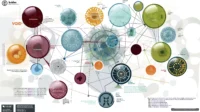
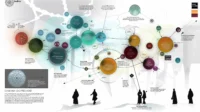
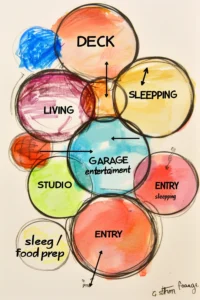
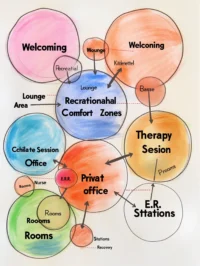
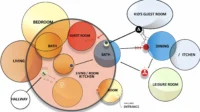
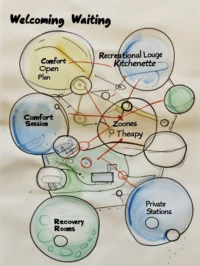
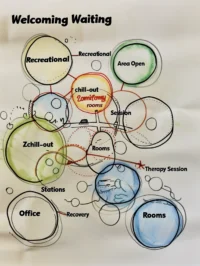
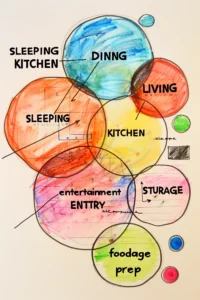















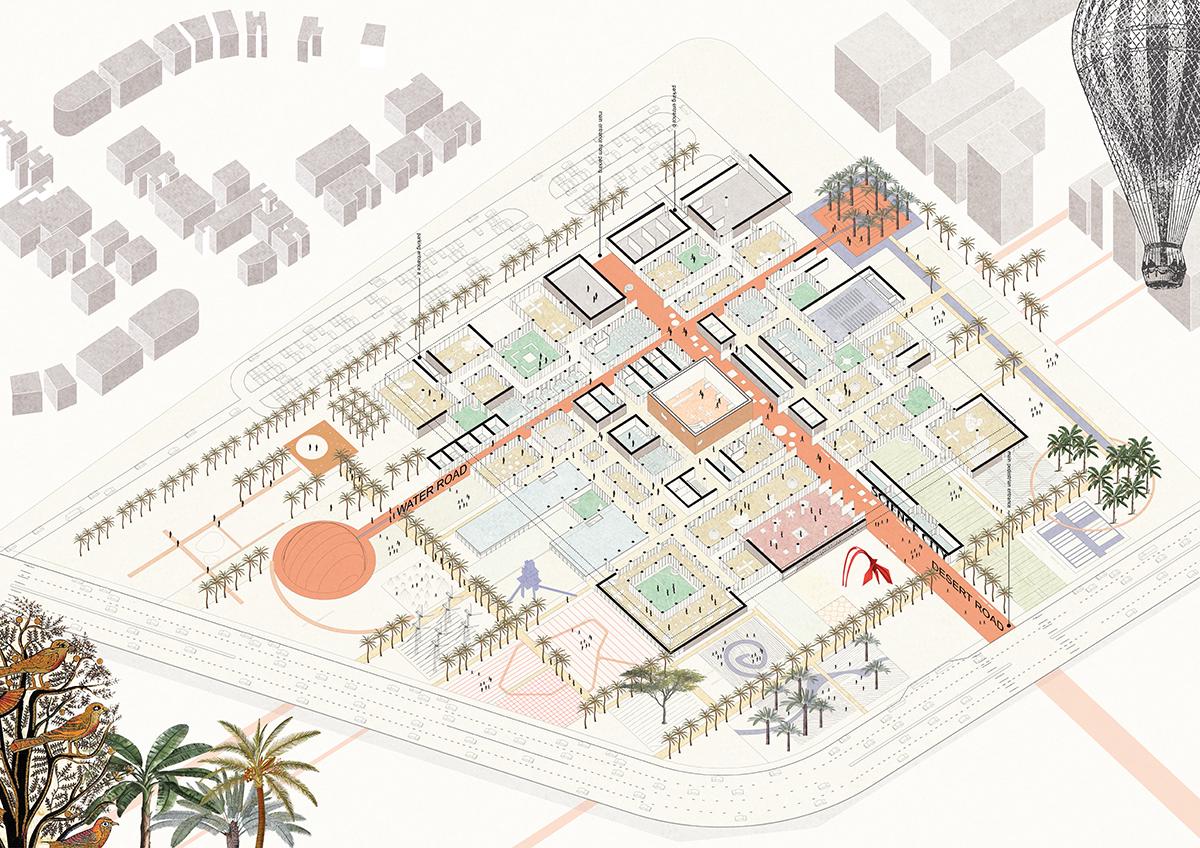
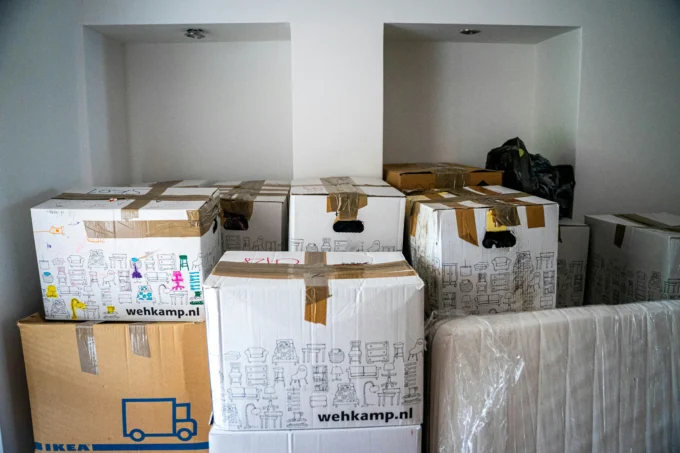

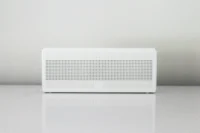


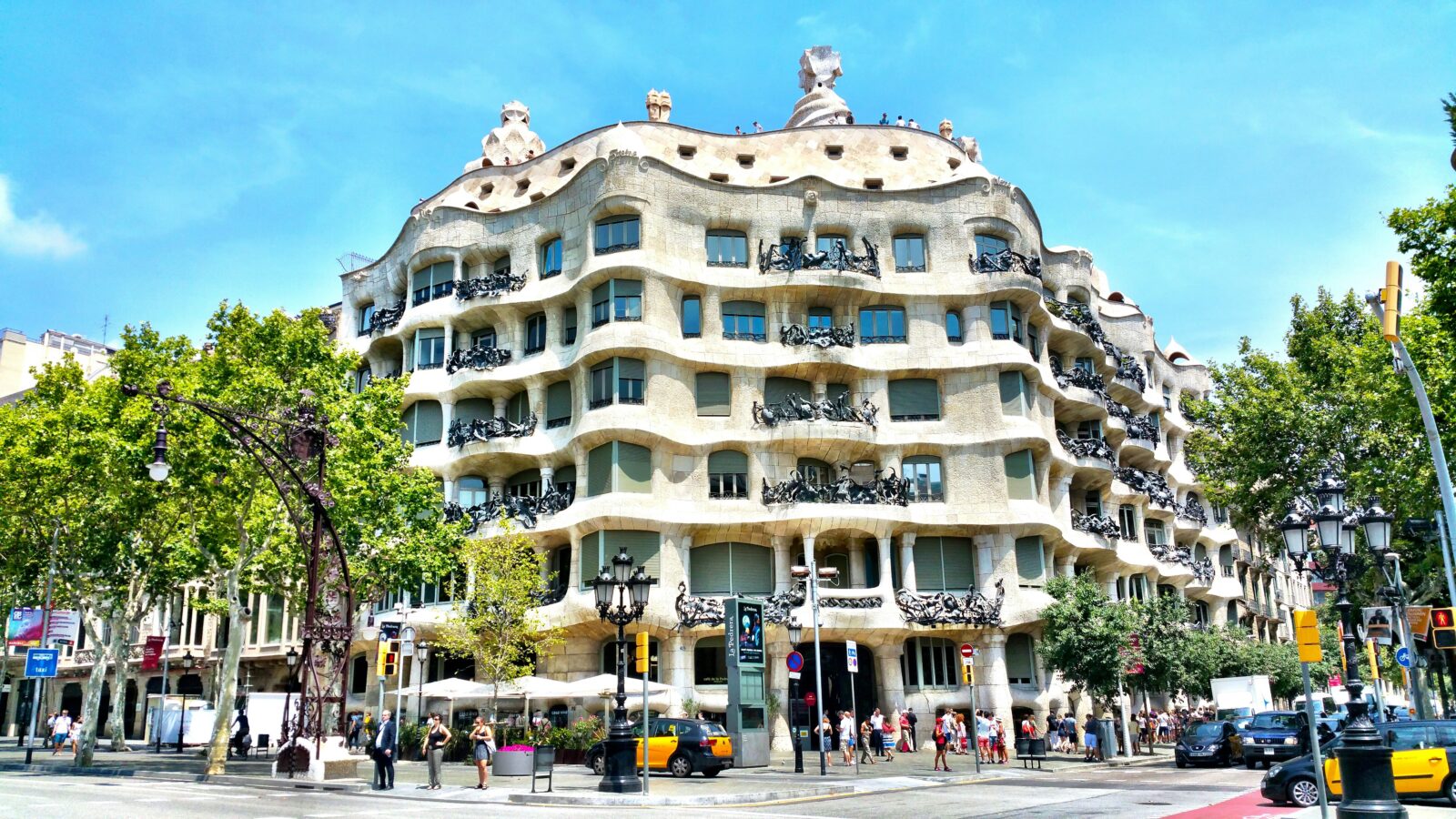


This article talks about bubble diagrams for architecture competitions. It explains how they can help architects organize their ideas and meet project requirements. The examples shown are interesting, but I wish there were more visuals to see how these diagrams look.